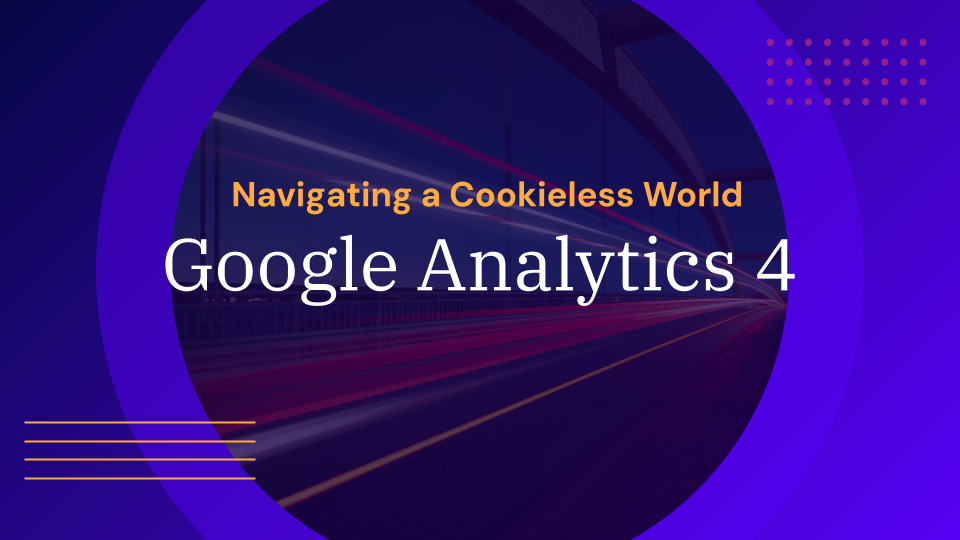
Digital Ads and Kids Online; the Consequences of SafeSearch
Throughout 2021 ‘Big Tech’ has continually been in the news and often not for the most positive of reasons. From the continuous stream of negative stories and claims about Facebook putting profit before public safety, to YouTube and other platforms struggling to pull anti-vax content off their sites and apps – this is just some of the content that’s hit the news-stands.
However the recent change that has yet to make the news is Google’s adjustments to its search results as part of a policy to clean up how children use the Internet for certain categories. Whilst there’s certainly noble intentions behind the policy, it has had a major impact on certain advertiser’s campaigns across PPC, Display and YouTube – most of which will be irreversible.
What are the Changes?
The UK ICO has released the Age Appropriate Design Code, a practice tied to GDPR with the aim of protecting children’s data online and their experience of using the internet. The code of practice is applied to all major Internet services including search engines, social media platforms and online marketplaces.
From early September 2021 Google started restricting ads shown to users for ‘age sensitive’ categories when they cannot determine their age; either through what has been declared in their Google account settings or inferred through their previous Internet search behaviour ‘with a high degree of accuracy’. This is part of their ‘SafeSearch’ protection, which in the coming months will be turned on for all existing users under 18 and will be the default setting for teens setting up new accounts. The policy applies to Google Ads (including Search, Display and YouTube), DV360 and Google Ad Manager.
What does this mean for advertisers?
For advertisers promoting these products and services through paid channels that are classified as ‘age sensitive’ we’ve seen a significant impact on results across paid search. The available pool of search queries to target with ads has shrunk, and this in turn has affected traffic and sales. Looking ahead in a competitive market this is also likely to drive up CPCs and make the channel more expensive – and hence less efficient in the longer run.
Unfortunately Google is being quite coy at releasing an extensive list of all the affected categories and services, but should this change we will post an updated list in this article.
What would we recommend for clients?
For advertisers operating in a restricted industry who think PPC results might have been affected by the expansion of SafeSearch, before tearing up your strategy and starting again, we’d recommend taking various steps in the immediate, short and medium term to adjust to these changes.
Immediate Term
- Review existing performance to identify specific areas that have dropped off.
Has there been a drop in eligible impressions (impressions/impression share) across all categories and services, or is it just limited to certain areas? We’d recommend looking from early September onwards and comparing to dates prior to this change, taking into account any seasonality or how search volumes could have been affected by any tightening/loosening of coronavirus restrictions.
Short Term
- Review efficiency targets across PPC – if performance has changed try and determine what the new goals should be in order to remain profitable, for example working to a higher ROAS target or lower CPA.
- Broaden match types and trial dynamic search ads to try and capture more searches – although some search queries within a category could be affected, broadening match types to phrase and broad in addition to trialling DSAs could result in driving additional traffic from searches not being picked up from existing keywords.
- Review landing page experiences – with traffic from paid search more limited, it is worth looking at any opportunities to improve the conversion rate across landing pages to boost conversions from the reduced impression and traffic levels.
Medium Term
- Review SEO Strategy – similar to the point around landing pages, if there are less available ad spaces it is worth investing more resources into improving SEO to gain more traffic through organic links to make up for less paid search traffic.
- Review opportunities across other channels to drive growth – although other channels struggle to match the efficiency of paid search as they lack the intent of a user searching, other paid digital channels outside the Google sphere such as Paid Social and Display DSPs beyond Google’s DV360 still offer opportunities to reach targeted audiences across the Internet with a wide array of engaging and ever expanding ad formats..
Looking at the bigger picture, it’s quite hard to argue against a change that is designed to make the Internet a more positive and safer space for children. That being said, from an advertiser point of view there will of course be frustrations if it has a big impact on short term results, and makes it more difficult to justify future investment in the affected channels.
With the ICO policy also applying to social media platforms, we might expect similar changes from them in the future to protect younger users, which could be the start of ‘big tech’ starting to take greater responsibility for the safety of their users online… Food for thought?
For more information on what the ICO policy means for you Get in Touch today!
Browse: Industry Insight
Read Next
Find out how we can help you
With offices around the world, we can build a team perfect for your needs.

